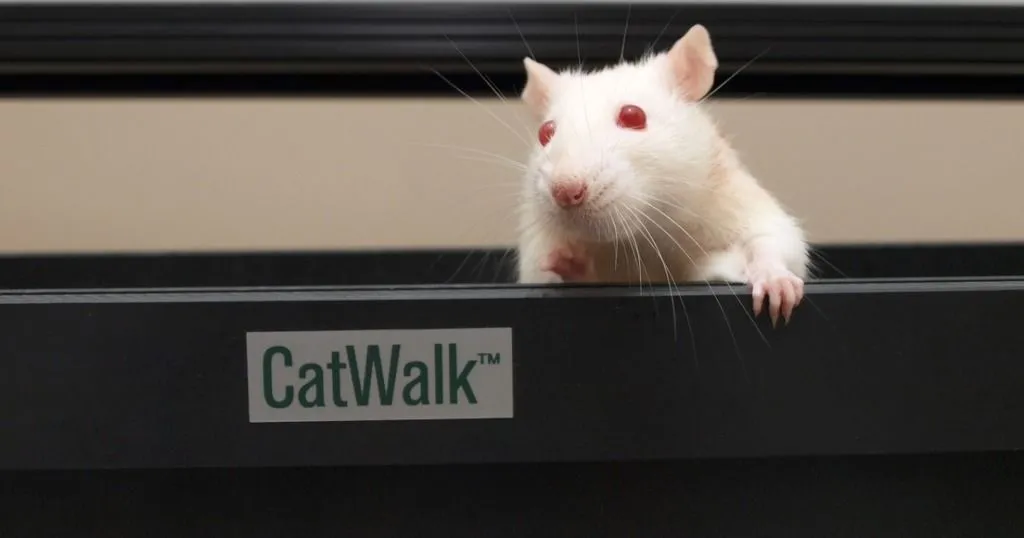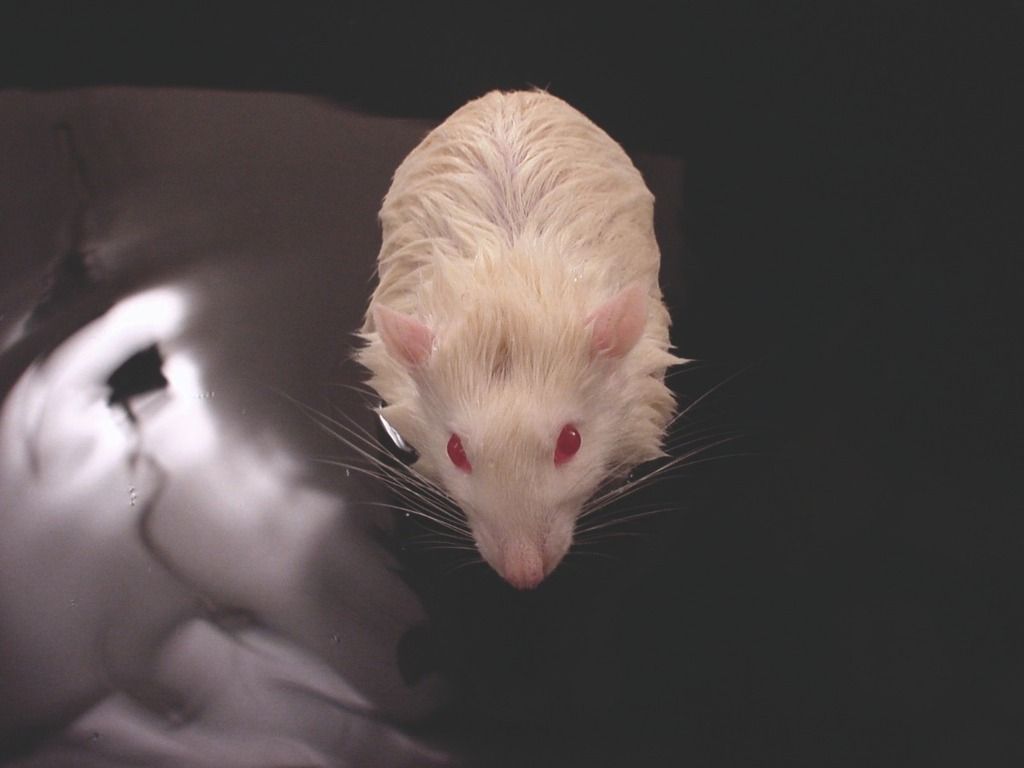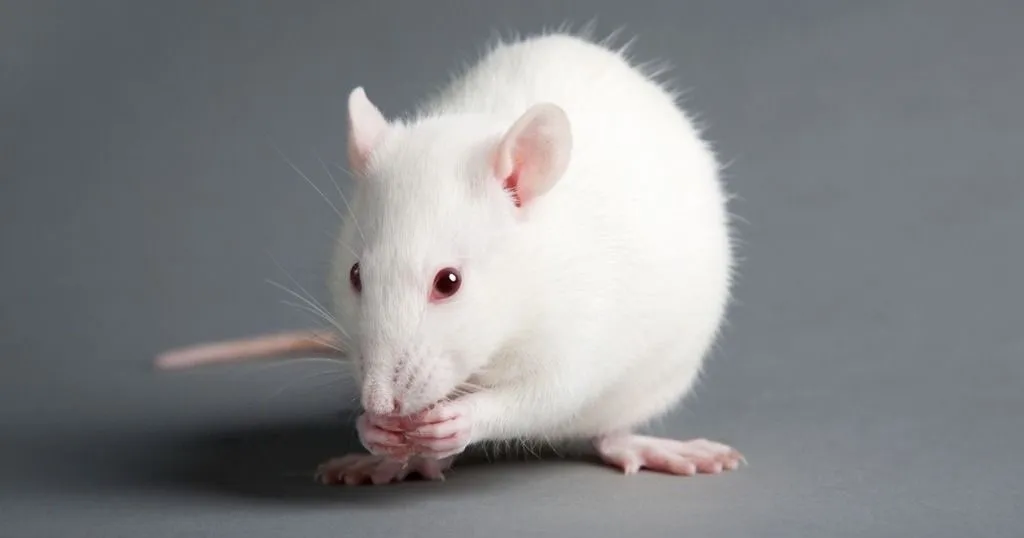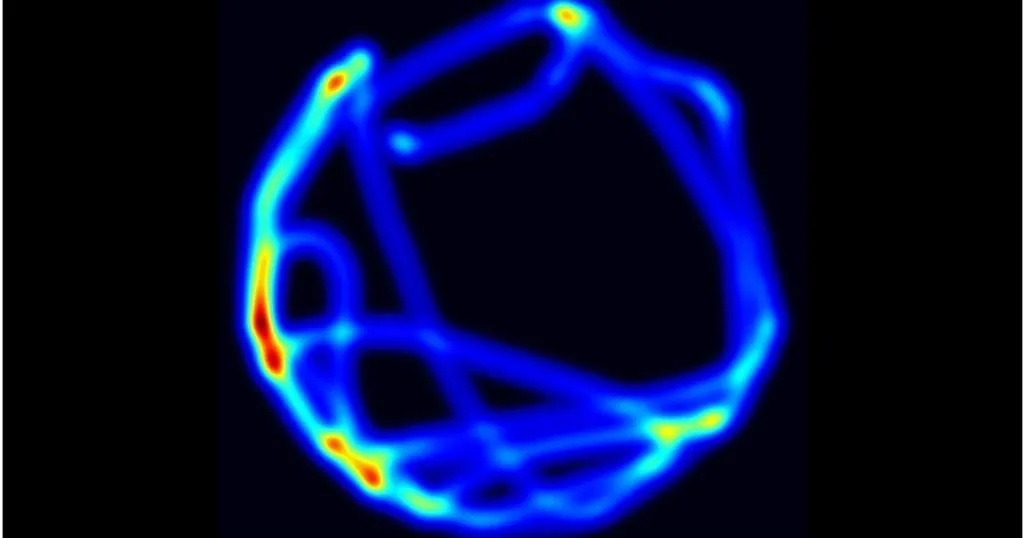From ancient knowledge to ultra-modern techniques

Research using CatWalk XT indicates that Discorea plants could play a role in treating Alzheimer's disease.
Posted by
Published on
Wed 17 May. 2023
Topics
| Alzheimer's Disease | CatWalk XT | EthoVision XT | Morris Water Maze | Dementia | Gait |
Although many drugs are developed by engineering new compounds to have very specific effects, naturally occurring chemicals found in plants still have an important role to play. That is especially the case for plants which local people have traditionally used as medicines. That sort of ethnobotanical knowledge can often prove invaluable to modern pharmaceutical scientists.
However, that approach is not without its challenges. Plants which produce compounds which have medical properties will almost always also produce a whole variety of complex chemicals, some of which may be toxic, and finding out which chemical is having which effect can be quite difficult. Some of the plants can be hard to cultivate, but if they are uncommon, they cannot be sustainably harvested from wild populations.
Discorea nipponica
An example of a plant which is used to extract traditional medicines, is Discorea nipponica, the fan-leaved mountain yam. The genus is named for Dioscorides, a 1st century A.D. Greek physician, and 'nipponica' means from Japan. Two species of Discorea are widely cultivated, especially in Africa - D. rotundata, the white yam, and D. cayennensis, the yellow yam. The sweet potato (which is called yam in North America), is not related.

Like the cultivated yams, Discorea nipponica has a thick underground rhizome. A rhizome is a modified root like in ginger, many lilies and bracken fern. The rhizome contains many different chemical compounds, especially complex steroids, including diosgenin. Diosgenin is a precursor of the hormone progesterone, and in fact used to be used in manufacturing contraceptive pills.
Dioscin
Another chemical that is found in Discorea rhizomes is dioscin. Dioscin is a steroid saponin. Saponins are compounds are used in making soaps because they form a lather. Dioscin also has medical properties. It has been used traditionally to cure a whole range of ailments including improving the cardiovascular system, regulating immune function, reducing swelling, relieving phlegm, cough, and asthma, antitumor, as well as preventing inflammation and pain [1]. However, it is difficult to know just how evidence-based those treatments are. There are some scientific publications, but they are only published in local journals, so it is difficult to find out if they were proper double-blind studies.
Alzheimer's disease
It is likely that most people reading this blog will know at least one person who has Alzheimer's disease. It is a common form of dementia characterized by gradual loss of memory and cognition, including effects on actions controlled by the brain such as swallowing and walking. A lot of effort has gone into developing medicines to cure the disease, but so far, all that has been possible have been some rather controversial drugs which somewhat slow down the development of the symptoms.
Mouse models of Alzheimer's disease
A number of the medicinal properties attributed to dioscin are relevant to the known mechanisms of Alzheimer's disease. For that reason, Linshu Guan and several other colleagues at Dalian Medical University decided to investigate that, using mouse models of Alzheimer's disease [2]. It was necessary to use mice rather than humans with Alzheimer's because part of the research involved studying the histology of the brain tissue. The study also looked at the effects of dioscin on cell cultures, and that gave comparable effects. The mice were treated with two chemicals. The first was D-galactose. D-galactose is used extensively as an aging model. It induces symptoms similar to those experienced by Alzheimer's patients, including anxiety, depression, oxidative stress, inflammation and reduced memory. Aluminum chloride (AlCl3) was the second chemical used. It provokes Alzheimer's symptoms by way of oxidative stress and neuroinflammation. Long-term exposure to high levels of aluminum is seen as a risk factor for developing Alzheimer's.
Water maze
The Morris water maze is commonly used to assess spatial memory performance in rats and mice. The animals are placed in a swimming pool with a platform just below the water surface (so that they cannot see it). Rats and mice like to swim, so the water is kept cool, to give them an incentive to find the platform. First, they are allowed to search for and find the platform so that they learn where it is. Normally, if they are then placed in the pool again, they will swim directly to the platform. However, if their spatial memory or other cognitive faculties related to navigation are impaired, then they will search for the platform, as if they had never seen if before.

The path which they follow to get to the platform is measured using a video tracking system such as EthoVision XT. In Linshu Guan's experiment, the mice treated with D-galactose and aluminum chloride ('Alzheimer mice') took significantly longer to reach the platform than control mice, indicating spatial learning and memory impairment. However, Alzheimer mice which were given dioscin found the platform significantly quicker than the Alzheimer mice without dioscin, and they also swam more directly to the platform.
CatWalk XT
Alzheimer's patients have impaired coordination because the disease affects the part of the brain controlling motor coordination (the cerebellum). Linshu Guan and colleagues used CatWalk XT to investigate that. CatWalk is a complete gait analysis system from Noldus. It is used for quantitative assessment of footfalls and locomotion in rats and mice.
Normally, mice have mainly alternating pattern with uniform stride size and stable step number. However, the Alzheimer mice in Linshu Guan's experiment had disorganized footstep patterns, abnormal gait and variable stride size. That means that their motor coordination was disrupted. After they were given dioscin, those factors were distinctively improved.
Interpretation
The results indicated that dioscin improved the cognitive function and limb coordination of mice treated to give symptoms of Alzheimer's disease. Taken together with the cellular studies, it is likely that this is due to the effect that dioscin has on inflammation and oxidative stress in the brain.
Warning!
Although the results looked promising, that is still something very different from making the statement that dioscin could be used as a treatment for Alzheimer's disease. For a start, there ahve not yet been any studies looking into the safety of dioscin (or Discorea nipponica rhizome extract), so we don't know anything about side effects it might have, or what dosages might be safe. It is also the case that just because a treatment works on a mouse model, that doesn't necessarily mean it will be effective in human patients. There are all sorts of differences in the biology of mice and people, and also the chemical induction of symptoms is not the same as the natural development of the disease over many years in people. Certainly, no one reading this blog should themselves try to treat Alzheimer's with Dioscorea rhizomes!
Nevertheless, the results do look promising, and it is an interesting illustration of how traditional knowledge of the medicinal effects of wild plants can be investigated using cutting-edge modern technology like CatWalk.
References
[1] Ou-yang, Sh., Jiang, T., Zhu, L. et al. Dioscorea nipponica Makino: a systematic review on its ethnobotany, phytochemical and pharmacological profiles. Chemistry Central Journal 12, 57 (2018). https://doi.org/10.1186/s13065-018-0423-4. The picture of the Dioscorea nipponica above is also taken from this publication.
[2] Linshu Guan, Zhang Mao, Sen Yang, Guanlin Wu, Yurong Chen, Lianhong Yin, Yan Qi, Lan Han, Lina Xu (2022) Biomedicine & Pharmacotherapy 152, 113248. https://doi.org/10.1016/j.biopha.2022.113248
Related Posts

How memory loss caused by diabetes was prevented in transgenic mice

Dementia symptoms following surgery

